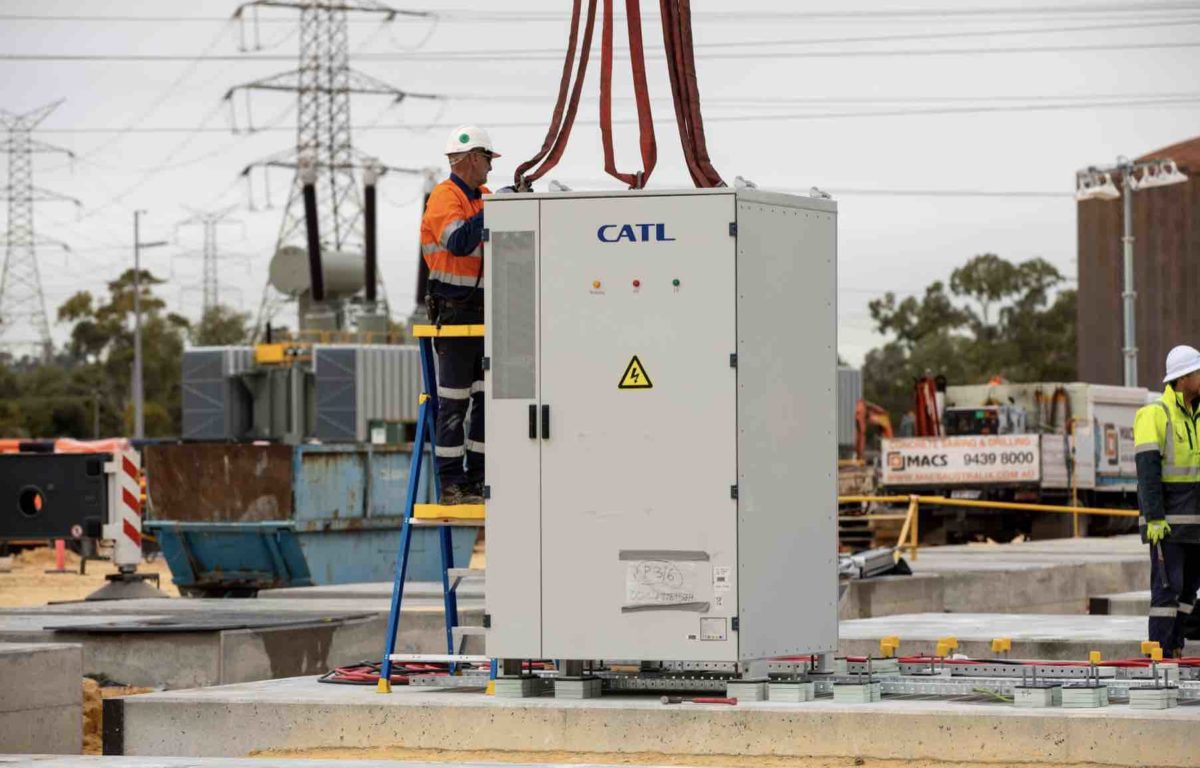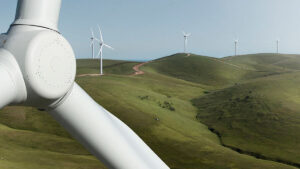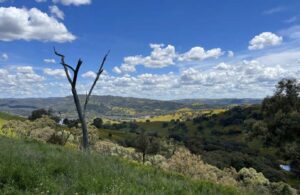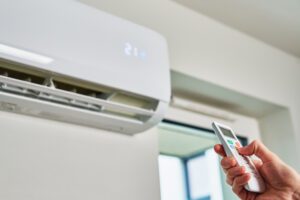The first battery containers have been installed in what will likely be the country’s first 2 gigawatt hour (GWh) battery project being built in the Western Australian coal town of Collie.
The 500 MW/ 2000 MWh Collie battery is being built by state owned until Synergy, using CATL technology, the same that were deployed at the first big battery on the state’s grid at Kwinana (pictured above).
W.A. is seeing a huge burst of battery activity, primarily driven by lucrative contracts designed to soak up excess solar projected by rooftop PV and re-injecting them into the grid in the evening peak.
Synergy’s Collie battery is one of two being built in the town, with the other – an even bigger 560 MW, 2240 MWh facility from Neoen, being built over two stages.
Synergy expects its $1.6 billion facility to be switched on in 2025. The first 80 of an anticipated 640 battery units are now in place.
The two Collie batteries underline the dramatic switch occurring across Australia’s main grid as renewable and storage technologies replace legacy coal generators.
W.A.’s main grid expects to close the last of its coal generators at Collie by the end of this decade.
The federal Coalition says it wants to use the sites for one of its proposes nuclear small modular reactors, but the local town is not interested, the transmission capacity will be likely full, and there is no way that the SMRs could be built within a decade of the coal plants’ closure.
“The energy transition is powering ahead under our Labor Government, setting up WA’s economy for the future,” state premier Roger Cookm said in a statement.
“The Collie battery will be one of the biggest in Australia, and means we can deliver clean, affordable and reliable energy for WA for decades to come.
“Importantly, this big battery keeps Collie at the heart of our energy system, supporting local jobs and ensuring a strong future for the town.”
Energy minister Reece Whitby says the batteries are important to support the investment in rooftop solar by homes and businesses and to phase out coal by 2030.
The state government also announced $134 million in funding from its Collie Industrial Transition Fund to help fast-track large-scale projects in Collie.
The funds will initially be used to support land purchases and road and infrastructure upgrades in local industrial estates, and to support industries such as a training ground for autonomous mining trucks, and water filtration technologies.
“My Government is absolutely committed to delivering a strong future for Collie, delivering major new industries and local jobs as the economy transitions away from coal,” Cook said after visiting the area.
“We’re seeing significant interest from exciting industrial projects looking to establish in Collie, with Green Steel of WA and Magnium Australia set to finalise their State-supported feasibility studies in the coming months.
“Everywhere you look in Collie, you can see the Just Transition coming to life – from the southern hemisphere’s leading autonomous vehicle training hub to growth in local manufacturing in the light industrial area.”










